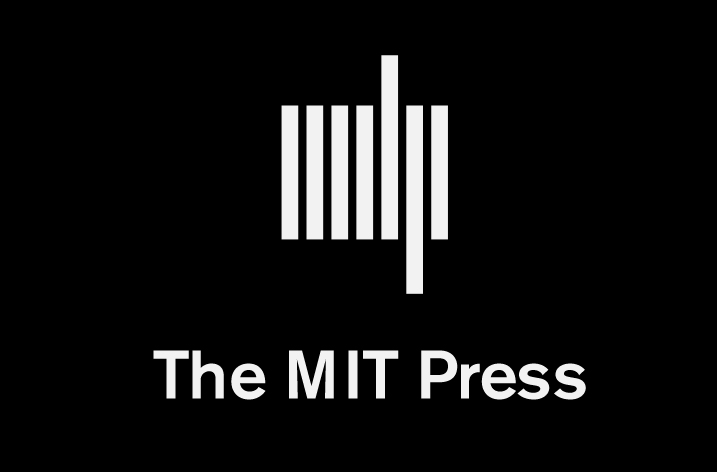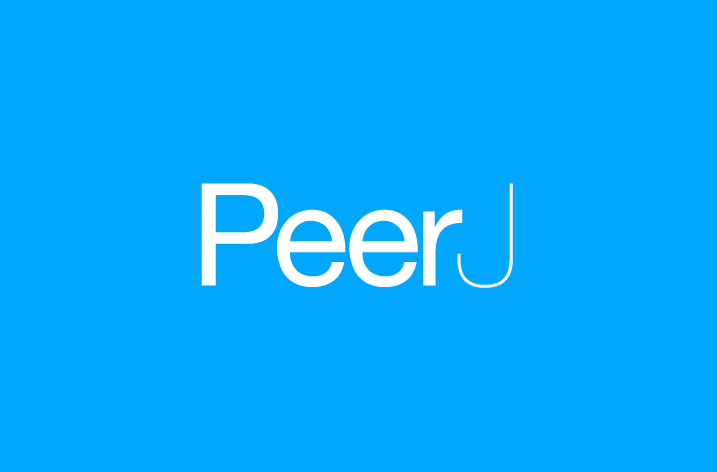
Digital Science’s Dimensions, Papers, Figshare and Symplectic are among the first confirmed scholarly platforms to implement the new Get Full Text Research (GetFTR) service in pilot status to gauge interest and feedback from the research community.
GetFTR brings access to the full-text to the users. It makes the trustworthy full-text version of a research article available for the researcher in any discovery or analytical application, verifying in the background the entitlements and institutional subscriptions against publisher API’s. The service, developed by leading publishers, easily integrates with discovery tools and scholarly platforms to streamline user access to research.
Entitlements information from five publishers – American Chemical Society, Elsevier, Springer Nature, Taylor & Francis Group and Wiley – will initially be made available via GetFTR within Dimensions, Papers and Mendeley.
The service was developed by publishers alongside the GetFTR advisory board which also included librarians and other software vendors. Digital Science played an active role in the development contributing to the API specification and server infrastructure. Researchers use a variety of discovery tools and scholarly platforms to find research. However, they often experience uncertainty, frustration and waste time as they browse results and click through to publisher websites, not knowing if they will have access. This experience drives them to alternative online sources that may be illegal, unreliable, and lack useful supporting materials and tools to aid them in their work.
Digital Science is pleased to expand on its existing PDF access options with the GetFTR API. Users can expect to find more direct View PDF access links to content across their research journey. They can then seamlessly access the research on publisher websites. If the user does not have full access, participating publishers can provide access to an alternative version of the research, which will go substantially beyond the abstract, enabling the user to gain a better understanding of what the article is about.
Christian Herzog, CEO Dimensions, said: “After the release of our Anywhere Access in 2018, GetFTR is the logical next step in releasing one-click access to the full-text in any application, not only in publisher-specific silos or content aggregators. We are excited to implement the capabilities, with Dimensions and Papers users one of the first to use the new service!”
What are some of the key user benefits for GetFTR support in Dimensions?
- View PDF links will now appear not only on OA content but also on subscription content, based on each user’s individual access entitlements at their institution.
- View PDF buttons in Dimensions’s search results make it easy for researchers to see what content they have 1-click access to.
GetFTR can be used on devices both on and off-campus, from any browser, and without needing to install any software, removing technological restrictions that limit other solutions.
The GetFTR service makes use of the well-established federated access method to enable the display of the GetFTR indicator and the user’s seamless pathway to the research. By selecting an institution, users may easily navigate to OA and subscription content through a combination of direct, proxied, or WAYFless URLs, depending on their institution’s access settings and entitlements.
One of the first five publishers involved is Springer Nature (SN). Stephen Inchcoombe, Chief Publishing Officer at SN, said: “Serving the needs of researchers is at the heart of what we do and we are committed to meeting their changing needs in how and when they access content. Along with our existing partnership with ResearchGate, SeamlessAccess.org and SharedIt, our content sharing service, the development of GetFTR, by addressing the frustration researchers sometimes face when wasting time trying to access articles they don’t have access to, builds on this commitment.
“We are very excited by the potential benefits of this new service and look forward to working with more publishers, discovery services and Scholarly Collaboration Platforms to ensure it benefits as many researchers as quickly as possible”

























